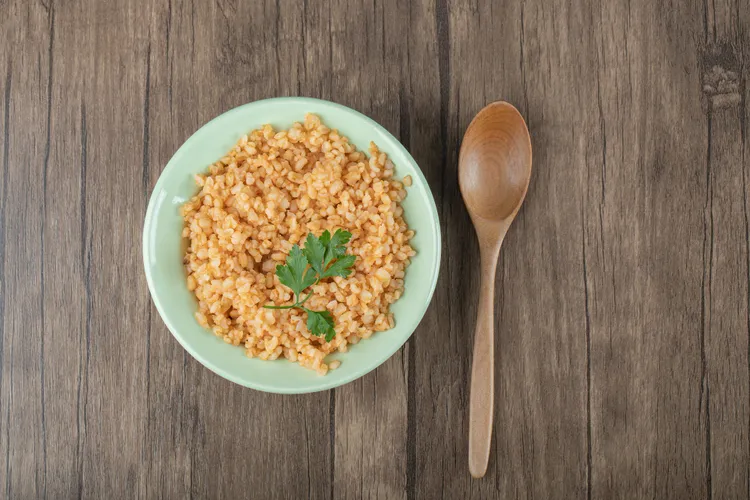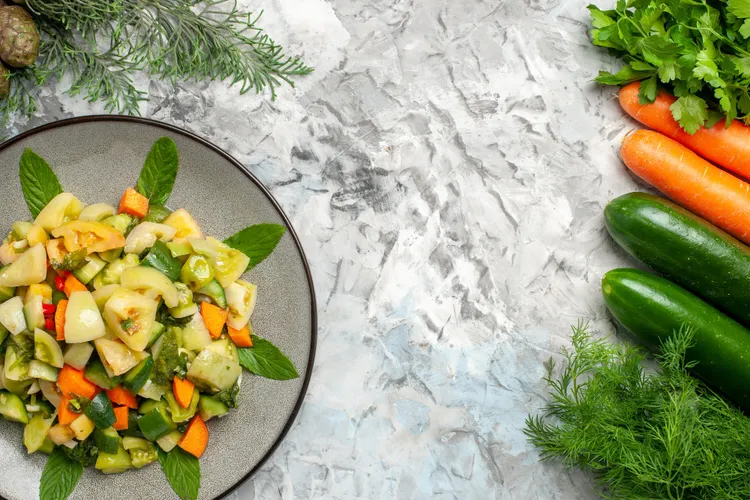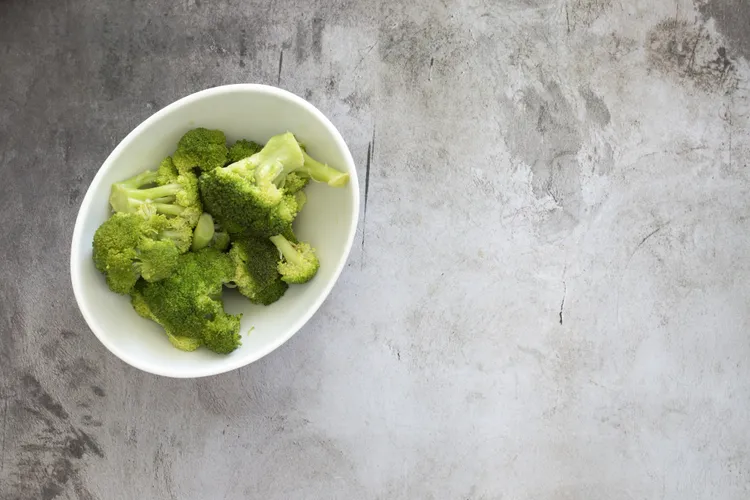High-Protein Smoothie Recipes for Muscle Recovery
Hey, fitness fam - let’s talk about one of the most important (and often overlooked) parts of your fitness routine: recovery. You might crush your workouts, track your steps, and stay hydrated… but what you put into your body after exercise can make or break your results. Post-workout nutrition isn’t just about calories - it’s about repairing muscles, restoring energy, and rebuilding strength so you can show up stronger tomorrow. And that’s where high-protein smoothies come in.

Smoothies are quick, delicious, and packed with exactly what your body needs after you train - protein for muscle repair, carbohydrates for energy, and antioxidants to calm inflammation. Plus, they’re easy to digest and refreshing when you’re short on time.
We are sharing five of our favorite smoothie recipes that blend science and flavor perfectly. Whether you’re into something creamy and chocolatey, tropical and fruity, or green and nourishing - there’s a blend here that fits your vibe and your recovery goals.
Grab your blender, roll up those sleeves, and let’s whip up something your muscles will thank you for.
Why Protein Matters After a Workout
When you exercise - whether it’s weightlifting, running, or yoga - your muscles experience tiny micro-tears. That’s totally normal and even necessary for strength building. But here’s the key: your muscles can only rebuild and grow stronger when you give them the right nutrients after training.
That’s where protein comes in.
Protein provides the essential amino acids that repair these muscle fibers and stimulate new muscle tissue growth - a process called muscle protein synthesis.
After a workout, your body is like a sponge: it absorbs nutrients more efficiently to refuel and repair. A smoothie made with quality protein and whole foods helps you:
Replenish energy faster
Build and repair muscle
Reduce soreness and inflammation
Stay hydrated
The beauty of high-protein smoothies is how fast and convenient they are. They digest quickly, taste amazing, and don’t leave you feeling heavy or sluggish - making them ideal right after exercise or even on busy mornings.
How Much Protein Do You Need Post-Workout?
Most adults need about 20-40 grams of protein after exercise, depending on workout intensity and body size.
A balanced post-workout smoothie should also contain:
30-60g carbohydrates for glycogen replenishment
5-10g healthy fats to support recovery and hormone balance
Electrolytes & antioxidants from fruits and seeds
Nutritionist’s tip: Think of your smoothie as a liquid meal - nourishing, energizing, and restorative.
5 High-Protein Smoothie Recipes for Muscle Recovery
(All recipes - nutrient-dense, delicious, and easy to make!)
Spinach, Cottage Cheese & Blueberry Protein Smoothie
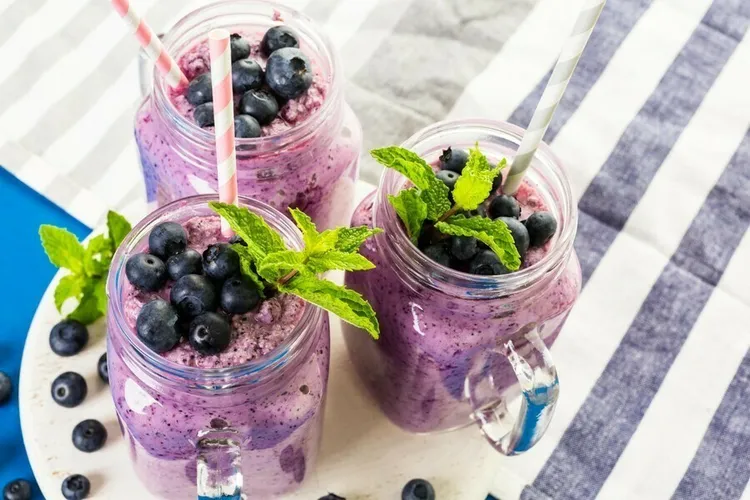
Why it works:
This creamy, vibrant green smoothie delivers a double hit of protein from whey and cottage cheese - ideal after heavy strength training. Blueberries bring antioxidants that reduce muscle inflammation, while spinach adds magnesium for muscle relaxation.
Nutritionist’s Tip:
Add a drizzle of honey if you need extra carbs post-workout, or swap almond milk for oat milk for a thicker, heartier shake.
Greens & Raspberry Protein Smoothie
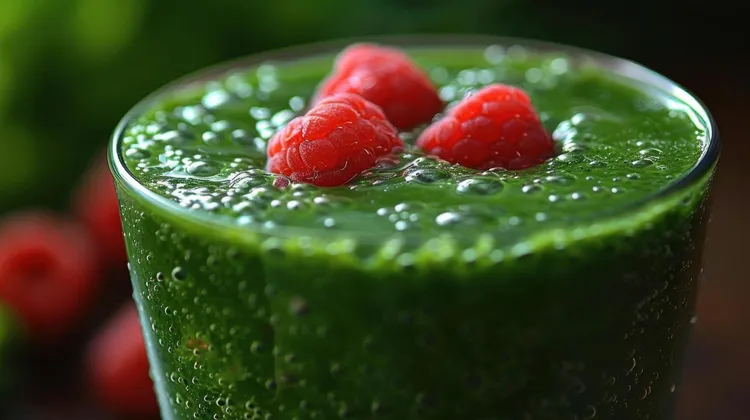
Why it works:
This vibrant, fruity blend gives you protein for muscle repair, leafy greens for vitamins, and raspberries for a burst of antioxidants. The pineapple and mango help replenish glycogen and reduce post-exercise fatigue.
Nutritionist’s Tip:
Blend in 1 tbsp flaxseed or hemp seed for omega-3s to further combat inflammation.
Peach Protein Smoothie

Why it works:
Naturally sweet and refreshing, this smoothie offers a clean 25-30 g of protein with carbs for glycogen recovery. The peaches provide vitamin C and antioxidants, while the milk and protein powder give a smooth, creamy texture that keeps you full.
Nutritionist’s Tip:
Top with a sprinkle of chia seeds if you prefer extra fiber or want to make it more filling.
Chocolate Peanut Butter Recovery Shake
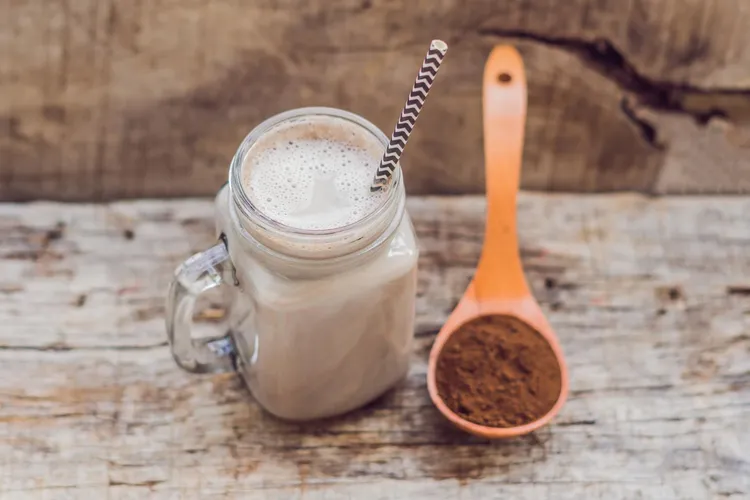
Why it works:
Tastes like dessert, acts like fuel! The combo of protein, healthy fats, and potassium helps rebuild muscle glycogen and keeps cravings at bay. Perfect as a satisfying recovery treat.
Nutritionist’s Tip:
Add a dash of cinnamon or espresso for a metabolism-boosting twist.
Peach Avocado Smoothie with Chia Seeds
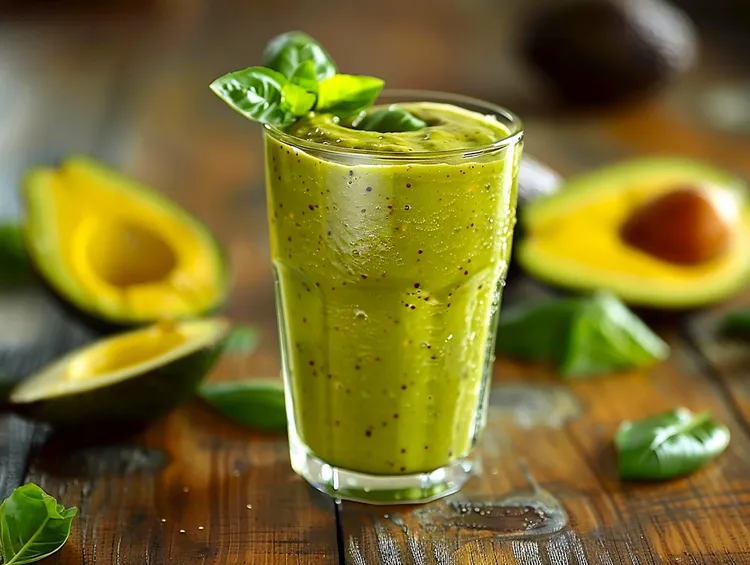
Why it works:
This rich, creamy smoothie delivers protein, fiber, and healthy fats for sustained recovery. Avocado provides anti-inflammatory support, while Greek yogurt adds the protein your muscles crave.
Nutritionist’s Tip:
Drink this on rest days or as a bedtime recovery shake - it keeps blood sugar stable and supports overnight repair.
Build-Your-Own High-Protein Smoothie Formula
Once you understand the basic building blocks, you can mix and match based on your taste and recovery goals.
The Perfect Formula:
1. Base: 1 cup unsweetened almond milk, oat milk, or coconut water
2. Protein: 1 scoop (20–30g) whey, pea, or soy protein powder
3. Carbs: 1 banana, ½ cup oats, or 1 cup frozen berries
4. Fats: 1 tbsp nut butter, chia, or flaxseed
5. Extras: cinnamon, turmeric, ginger, or spinach for extra nutrients
Pro tip: Freeze your fruit in advance for thicker texture and better flavor - plus it saves time!
When to Drink Your Protein Smoothie
Timing can make a big difference in how your body recovers.
Within 30-60 minutes post-workout: your muscles are primed to absorb protein and glycogen.
If training was longer than 90 minutes: add more carbs like oats or dates.
If you’re not hungry: start with a small smoothie now and eat a full meal later.
For a deep dive on timing and portioning, check out What to Eat After a Workout: Timing & Strategy.
Meal Prep & Storage Tips
Smoothies are meal-prep friendly! Here’s how to make your life easier:
Pre-portion frozen smoothie packs: fruit + protein powder + seeds. Store in the freezer.
Add liquid only when blending to keep freshness.
Use a squeeze of lemon to preserve color and nutrients.
Store leftovers in airtight glass jars in the fridge for up to 24 hours.
Nutritionist’s Tip: Keep a few frozen smoothie bags ready for busy mornings - just blend and go!
Recovery doesn’t have to be complicated - or boring. With these high-protein smoothies, you can nourish your muscles, calm inflammation, and satisfy your taste buds all at once.
Whether you crave something green and energizing, fruity and refreshing, or rich and chocolatey, each smoothie gives your body the tools it needs to rebuild stronger.
Blend, sip, smile - and feel your recovery soar.
FAQ: Protein Smoothies & Recovery
Q1:Can I make these smoothies vegan?
Absolutely! Use pea, hemp, or soy protein and substitute almond or oat milk.
Q2:Can I use frozen fruit?
Yes - frozen fruit actually preserves more nutrients and gives a creamier texture.
Q3:Can I skip protein powder?
You can use Greek yogurt, silken tofu, or cottage cheese instead for natural protein sources.
Q4:What’s the best time to drink a smoothie?
Right after your workout, or as a breakfast replacement on busy mornings.




